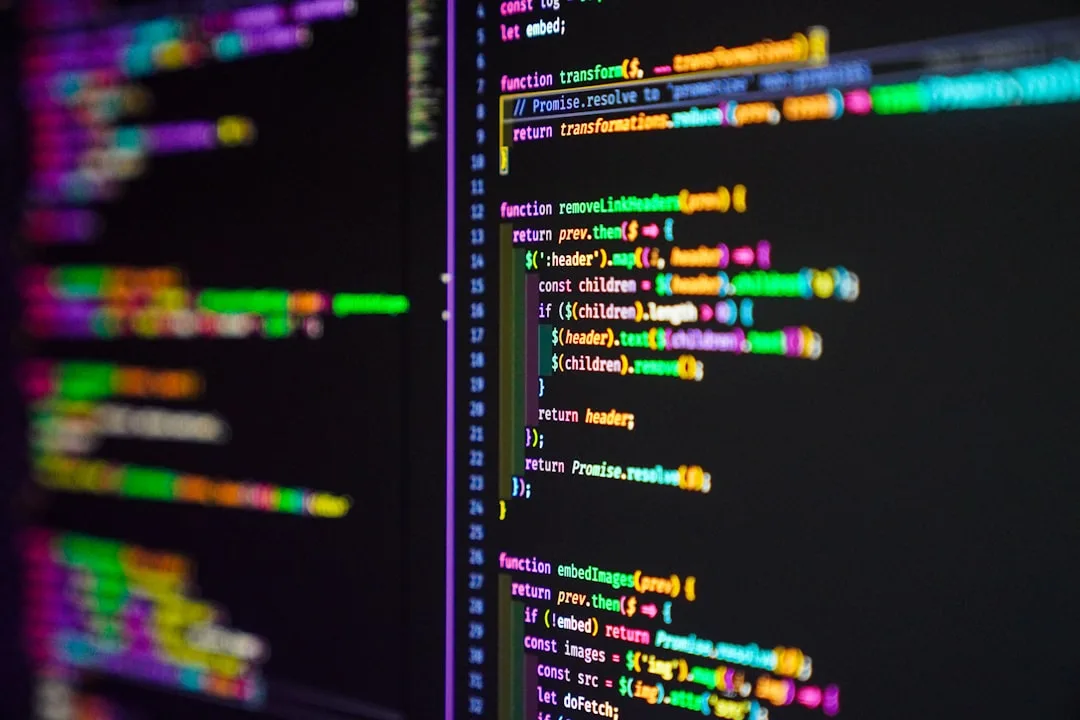
Newsletter Subscribe
Enter your email address below and subscribe to our newsletter

Enter your email address below and subscribe to our newsletter

Mastering Quantum Computing for Software Developers: A Tactical Guide
In the fast-evolving world of technology, quantum computing stands out as a revolutionary frontier. As a software developer, the shift from classical to quantum computing represents not just a new skill set but an opportunity to redefine problem-solving paradigms. This article explores how developers can master quantum computing, highlighting tools and techniques that enhance workflows, reduce inefficiencies, and ensure readiness for future challenges.
Software developers often face bottlenecks when dealing with complex computational problems. Classical computing, while powerful, struggles with tasks like optimization, factoring large numbers, and simulating quantum systems. These challenges lead to inefficiencies, as traditional algorithms either take too long or require excessive computational resources.
Quantum computing offers a solution by leveraging the principles of quantum mechanics, such as superposition and entanglement, to process information in fundamentally different ways. However, the transition isn’t straightforward. Developers need new tools, skills, and mindsets to bridge the gap between classical and quantum paradigms.
The quantum computing landscape is rapidly evolving, with several emerging and underrated tools that can help developers make the transition smoother. Here are a few noteworthy ones:
Let’s take a look at how you can create a simple quantum circuit using Qiskit:
from qiskit import QuantumCircuit, transpile, Aer, execute
# Create a Quantum Circuit with 2 qubits
qc = QuantumCircuit(2)
# Apply a Hadamard gate on the first qubit
qc.h(0)
# Apply a CNOT gate (control qubit 0, target qubit 1)
qc.cx(0, 1)
# Draw the circuit
print(qc.draw())
# Run the circuit on a simulator
backend = Aer.get_backend('statevector_simulator')
result = execute(qc, backend).result()
# Get the result
statevector = result.get_statevector()
print(statevector)
This simple circuit demonstrates the power of quantum superposition and entanglement, key principles in quantum computing.
For developers looking to dive deeper into quantum computing, explore our guide on bridging classical and quantum programming and introductory tutorials on Qiskit and PennyLane.
Aer.get_backend('statevector_simulator') to simulate quantum circuits efficiently.As exciting as quantum computing is, developers must be cautious about tool fatigue. The market is flooded with new tools, each claiming to be revolutionary. It’s crucial to focus on the “right tool” rather than the “hype tool” to maintain productivity and achieve real results. Always evaluate tools based on your specific needs and the maturity of the technology.
For developers eager to get started, our Quantum Computing Starter Guide offers a comprehensive introduction. Additionally, consider trying out PennyLane for its seamless integration with machine learning frameworks, enhancing your quantum computing projects.
Embarking on a journey into quantum computing can seem daunting, but with the right tools and mindset, developers can unlock unprecedented computational power and innovation potential. Stay updated, keep experimenting, and be part of the quantum revolution!